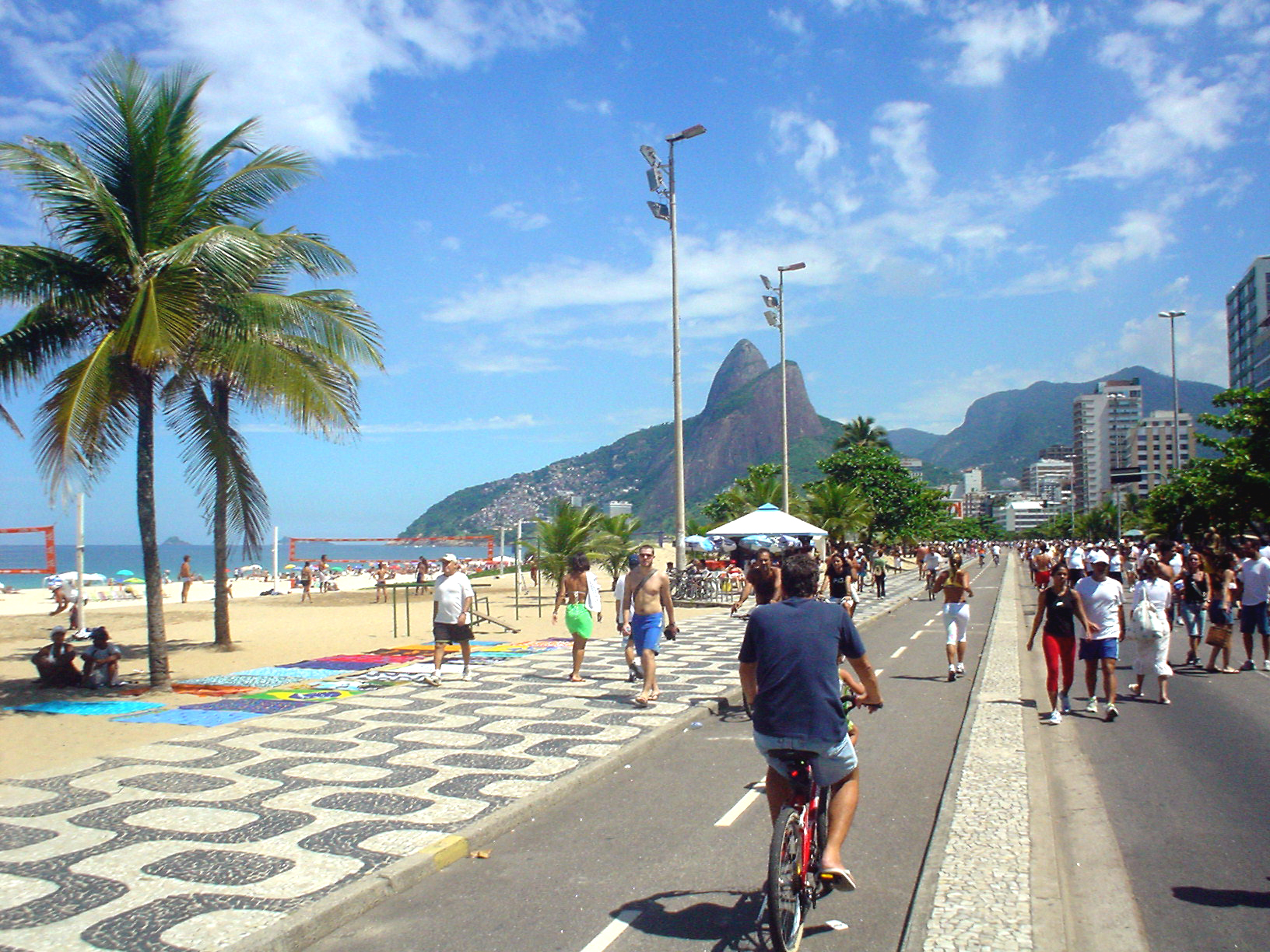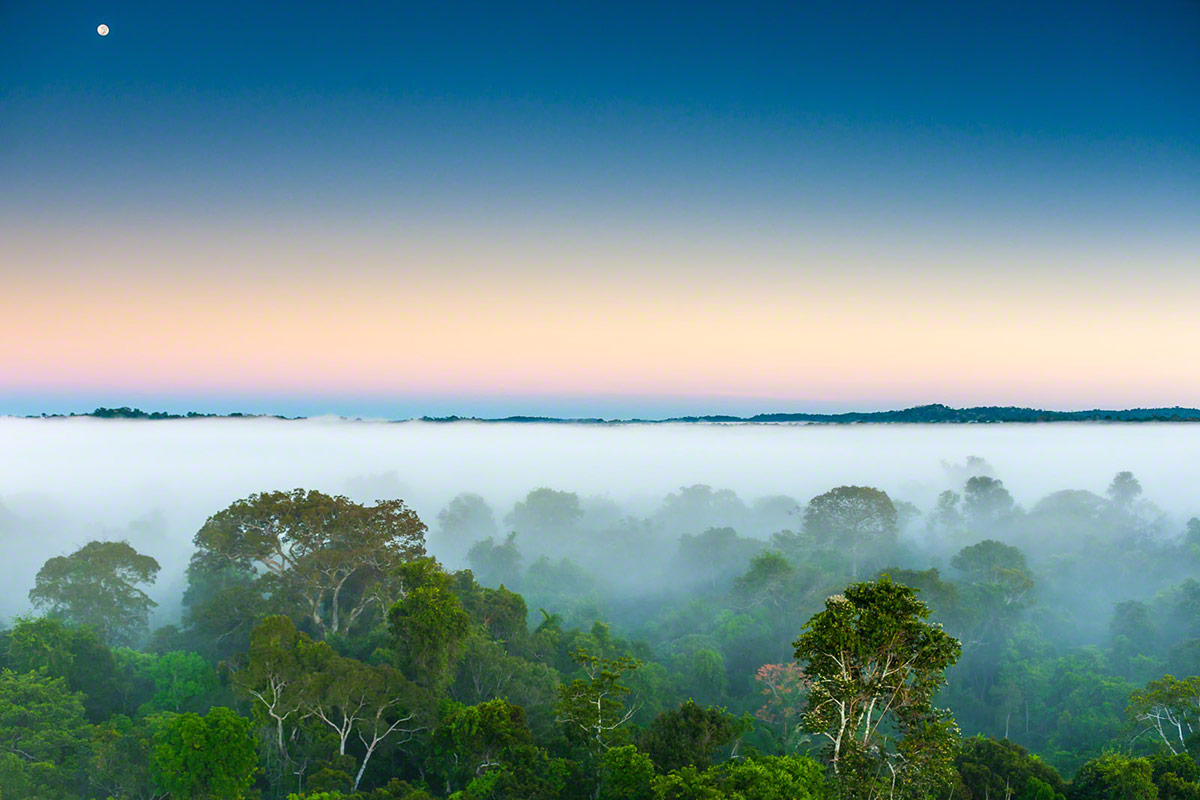
24 Jun In search of Brazil’s elusive jaguar
Exploring the world in search of some of its unique wildlife and in particular its big cats has always been a passion of mine and my latest trip was to Brazil offered so many wonderful wildlife viewing opportunities.

Above: Legend has it that God created the world in seven days and on the eighth day he created Rio!
After arriving in Sao Paulo, it’s a short flight to the city of Campo Grande which is the gateway into the Pantanal wetlands which is a vast area of nearly 73,000 square miles characterised by a variety of habitats including lakes, rivers, open savannah grasslands and thick bush and is hope to an astounding variety of wildlife. Much of this wetland region floods from December to March which is a wonderful time to enjoy some incredible birding. Those flood waters start to recede from April to June and then July to October are the perfect months to head out on safari in search of the many species that move back into the newly dry grasslands. I stayed at the delightful Caiman Ecological Refuge which is arguably the best lodge in the whole of the Pantanal and spent the next three days heading out with the camp guides in search of a fabulous variety of wildlife.
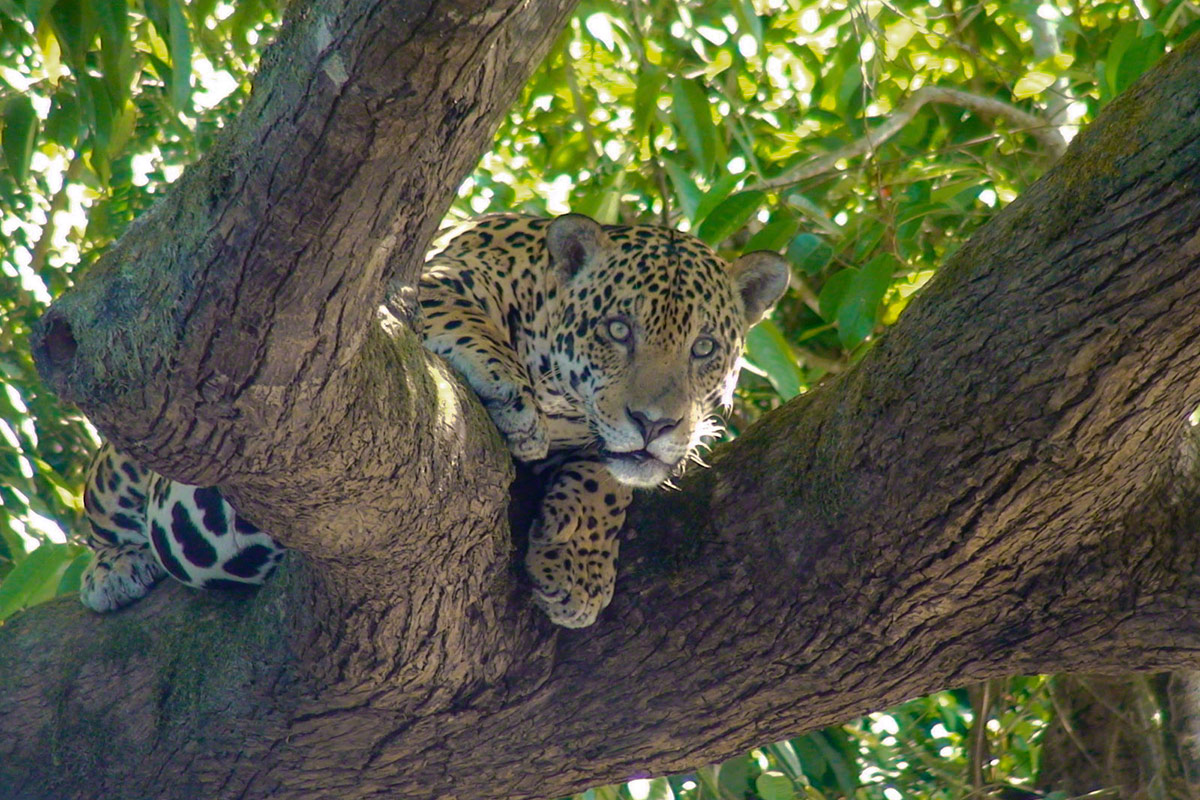
Above: The elusive jaguar stole the show.
From capybara to caiman and the very rare maned wolf to macaws galore I was lucky enough to see it all, but inevitably the star of the show is the elusive jaguar which enjoys a healthy population in this area, but is still under threat from loggers and cattle ranchers. There is a team of jaguar scientists based at the lodge who have been involved in a jaguar conservation programme for a number of years now and heading out into the bush with these specialists offers a truly remarkable insight into not only the conservation effort, but also into the lives of the jaguar. Exploring with these experts also means you have the very best chance of seeing these magnificent cats in the wild. The birdlife here is also fabulous and another key highlight at the lodge is an additional team of scientists who are involved in a conservation effort to protect the incredibly raucous and equally stunning hyacinth macaw. This is another species that is under pressure from humans and to head out with the team to check macaw nests and watching family groups fly and squawk around the lodge is a real treat.
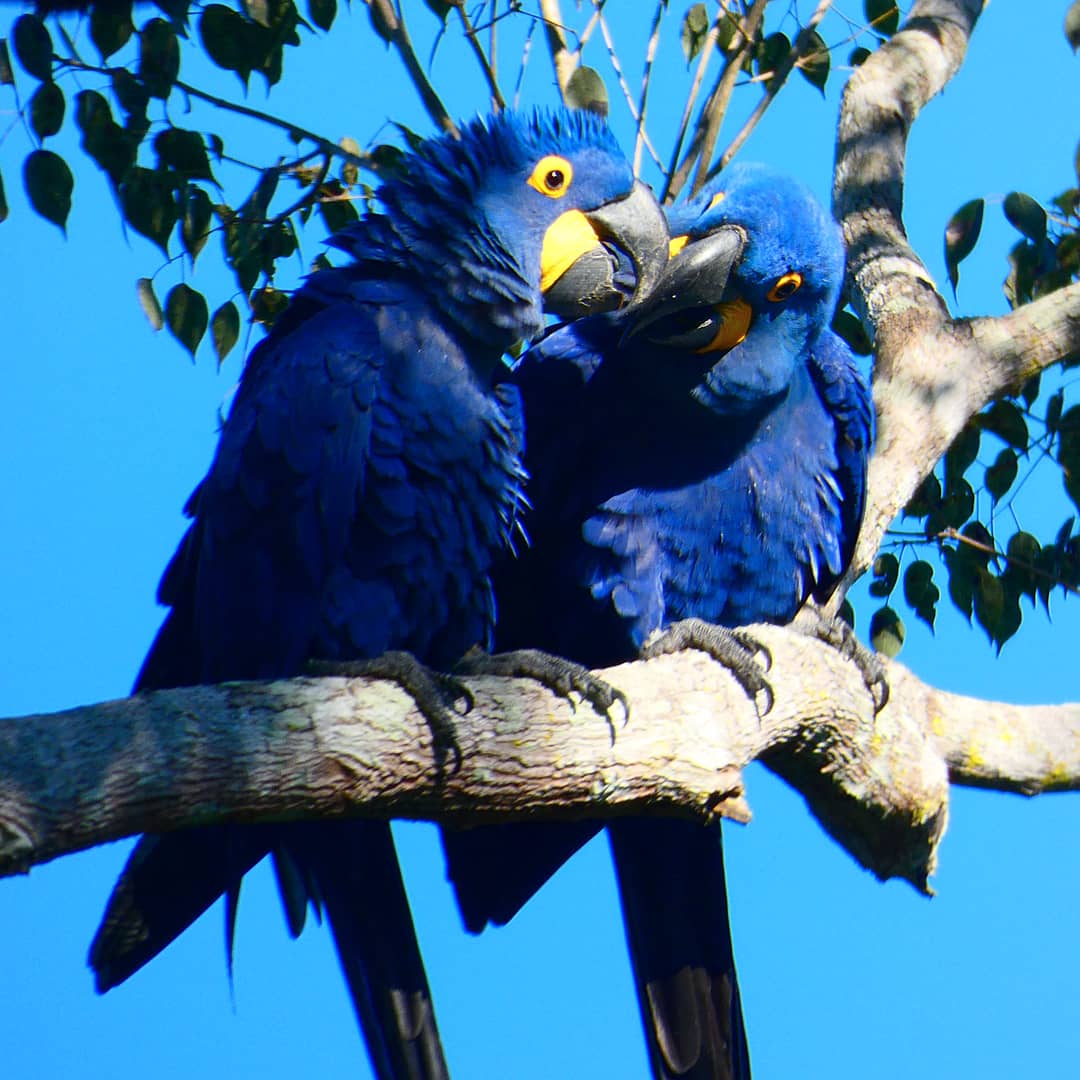
Above: The incredibly raucous and equally stunning hyacinth macaw.
From there I flew up to the one horse town of Alta Floresta in the southern Amazon region and then headed up the Cristalino River by boat to the enchanting Cristalino Lodge located in a region of stunning, lush primary rainforest. With much of the Amazon under pressure from human encroachment, this huge reserve offers a wonderful mix of habitats for a huge variety of flora and fauna. Forest dwellers such as the noisy peccary and the enigmatic tapir to the capuchin and white-whiskered spider monkey or the almost 200 species of butterfly and almost 600 species of bird including the iconic Scarlet macaw, are just some of the incredible wildlife the naturalist guides take the guests to see. Climbing to the top of one of the 60m high canopy towers on a dawn trip to watch the sun come up over the forest canopy and the parakeets and macaws screeching as they devour ripe figs is a real highlight. Boat trips offer the opportunity to see some incredible birdlife and for the lucky few there is also the chance to see Giant river otters as they play along the river banks. The lodge has a swimming platform in the river which is the perfect place to cool down and read a book after a hot hike with kingfishers merrily fishing in the background and another favourite way to enjoy the reserve is to float down river in a kayak beneath a full moon with a beer in hand – magical!
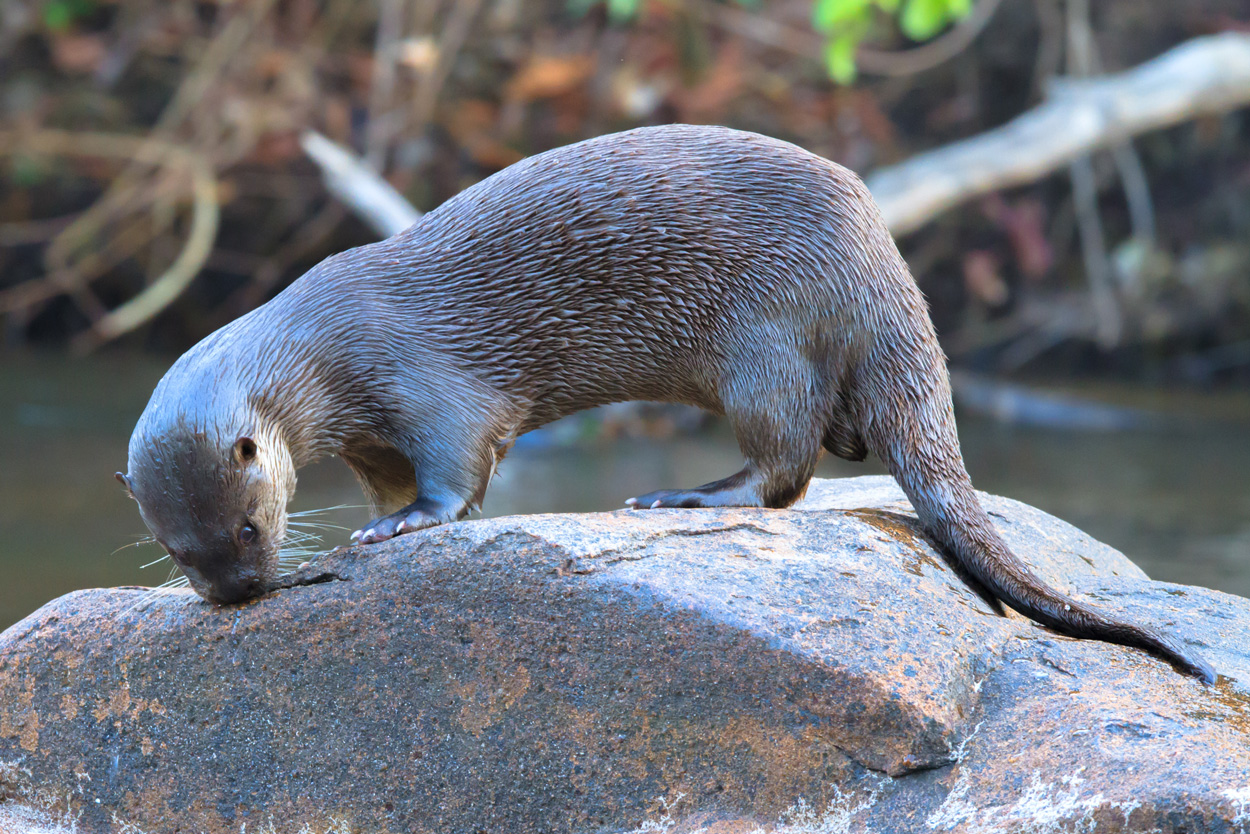
Above: The Giant River Otter.
I then left the Amazon and flew to the vibrant city of Belo Horizonte which is at the heart of the once thriving mining region back in the 17th and 18th Centuries and this is where a vast amount of gold, diamonds and other precious and semi-precious stones were mined and sent back to Spain by the colonists. The region became incredibly wealthy and there are a number of enchanting colonial towns such as Ouro Preto or Tiradentes that have retained their colonial charm and boasts some staggering churches and other wonderful architecture and the region offers a fascinating insight into Brazil’s colonial past. My mission however was to get to Ibitipoca Reserve, which is another vast private property approximately 4 hours’ drive from Rio de Janeiro. This is a world full of waterfalls, peaks, ridges, caves and natural pools and a biodiversity hotspot and with a gorgeous lodge at the heart of it, this is a very special place to come and explore these incredible landscapes on foot, by jeep, by electric bike or on horseback. The goal here is to protect this rare Atlantic rainforest and recreate ecological corridors for wildlife including the utterly enchanting and endangered muriqui spider monkeys, a few of whom are protected onsite by a team of scientists.
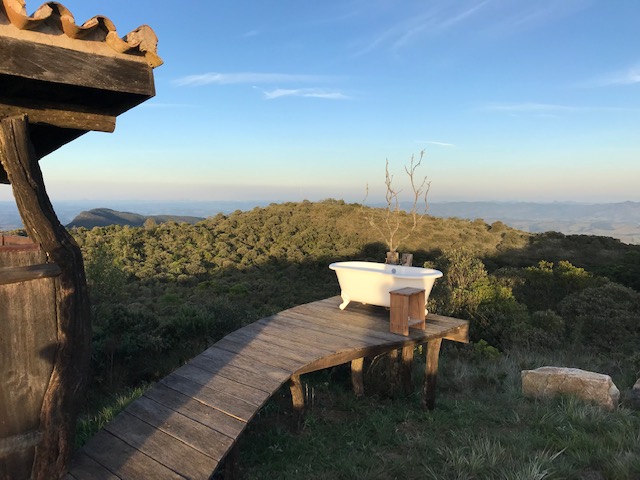
Above: A bath with a view at Ibitipoca Reserve.
But I can vouch for the fact that this is a small, rare gem of a property whose mission is to ensure guests experience sensational service, wonderful food and a complete sense of well-being in a truly spectacular setting with the added benefit of being able to relax in the hot tub at night whilst staring at an intense Milky Way as the skies are so staggering clear – pure bliss.
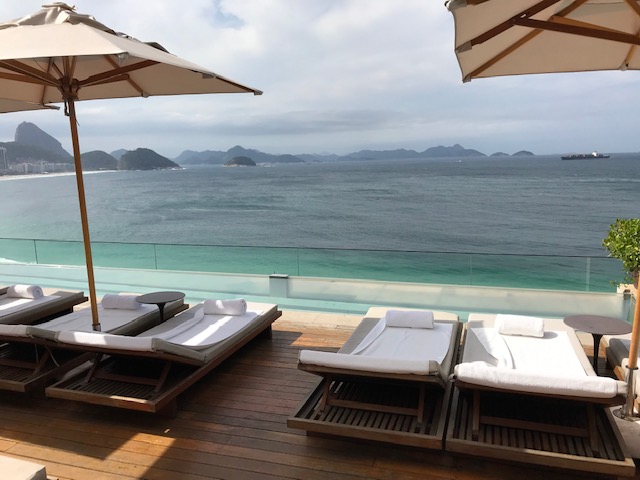
Above: Emiliano Hotel, Rio.
I then flew to Rio, a real favourite city of mine with its vibrant outdoor, street café lifestyle, in order to check out few new hotels – lunch at the racecourse under the watchful eye of the Corcovado and a few drinks in the trendy bars of Santa Teresa – the perfect way to round off a thoroughly enjoyable wildlife trip in Brazil, which quite simply offers the very best wildlife viewing in Latin America.
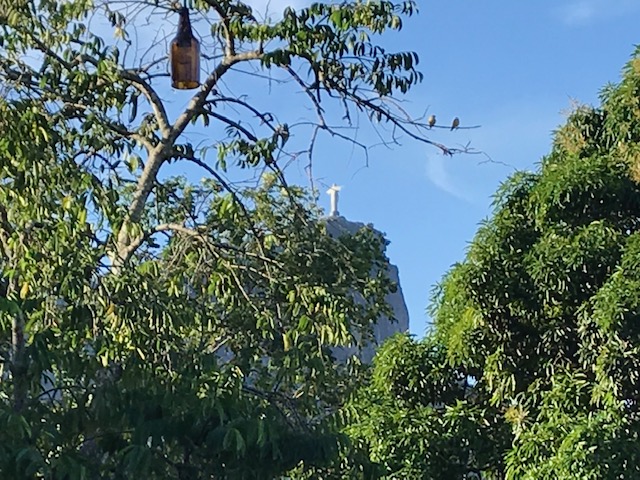
Above: Looking up to the Corcovado Mountain at the Christ the Redeemer statue.
Below: Rio Life.
